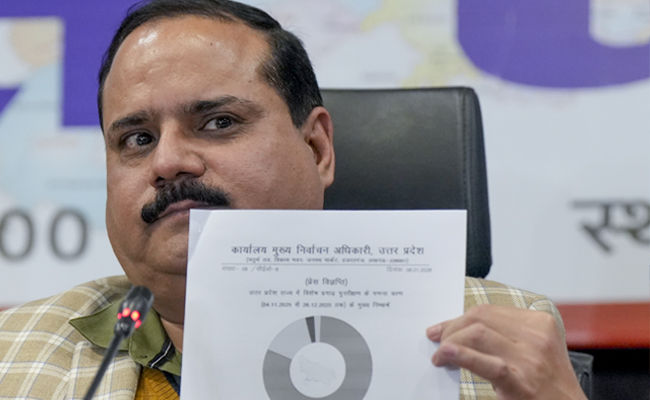Kevlar is a high-strength, lightweight synthetic fiber that is used in a variety of applications, including bulletproof vests. Kevlar is made from poly-paraphenylene terephthalamide, which is a polymer that is produced from terephthalic acid and p-phenylene diamine. Kevlar has a high tensile strength, which means that it can withstand a great deal of force before breaking. It is also very resistant to heat and chemicals. These properties make Kevlar ideal for use in bulletproof vests.
When a bullet hits a Kevlar vest, the fibers of the vest absorb the energy of the bullet. The fibers are arranged in a way that allows them to interlock and trap the bullet. This prevents the bullet from penetrating the vest and injuring the wearer. The number of layers of Kevlar in a vest will determine the level of protection that it provides. A vest with more layers will be able to stop a higher-powered bullet.
Kevlar bulletproof vests are very effective at stopping bullets. However, they are not 100% effective. In some cases, a bullet may be able to penetrate a Kevlar vest. This is more likely to happen if the bullet is powerful or if it hits the vest at a certain angle. Kevlar vests are also not effective against knives or other sharp objects.
Despite their limitations, Kevlar bulletproof vests are an important safety device for law enforcement officers, military personnel, and other individuals who are at risk of being shot. They can help to save lives and prevent serious injuries.
In addition to bulletproof vests, Kevlar is also used in a variety of other applications. It is used in body armor, helmets, gloves, and other protective gear. Kevlar is also used in high-performance tires, racing sails, and other applications where strength and lightweight are important.
Kevlar is a versatile material with a wide range of applications. It is a valuable tool for protecting people and property.
Here are some additional benefits of using Kevlar in bulletproof jackets:
►Kevlar is lightweight and comfortable to wear. This makes it ideal for use in situations where the wearer needs to be able to move freely, such as law enforcement officers and military personnel.
►Kevlar is durable and can withstand repeated use. This makes it a cost-effective investment for organizations that need to provide their employees with body armor.
►Kevlar is available in a variety of colors and styles. This allows organizations to choose a vest that is appropriate for their needs and the needs of their employees.
Overall, Kevlar is an excellent material for use in bulletproof jackets. It is strong, lightweight, durable, and available in a variety of colors and styles. Kevlar bulletproof jackets can provide a high level of protection for law enforcement officers, military personnel, and other individuals who are at risk of being shot.

Girish Linganna
Aerospace & Defence Analyst
Let the Truth be known. If you read VB and like VB, please be a VB Supporter and Help us deliver the Truth to one and all.
Bhubaneswar (PTI): The Odisha government on Tuesday halted the salaries of five teachers and issued show-cause notices to other staff of a state-run high school in Rayagada district, a day after four students sustained severe burn injuries in a fire incident on the premises of the institute.
School and Mass Education Minister Nityananda Gond told PTI that he has directed the department secretary to submit a detailed report on the incident and ordered a departmental inquiry to ascertain negligence, if any.
The students suffered burn injuries while playing around a fire during school hours.
ALSO READ: Kerala to launch school health programme to promote child well-being
“The department has stopped the salaries of five teachers and issued show-cause notices to other staff members in connection with the incident,” he said.
The minister said that further action would be taken against teachers or staff if negligence in duty was established.
School and Mass Education Secretary N Thirumala Naik said three of the injured students were undergoing treatment at a hospital in Rayagada, while one critically injured student has been shifted to SCB Medical College and Hospital in Cuttack.
The school headmaster had lodged a complaint at Muniguda police station on Monday. Police have recorded statements of the injured students, officials said.
According to preliminary findings, the incident occurred when a classmate of the injured students allegedly threw colour thinner, an inflammable substance, onto a fire that had been lit by the students on the school building’s balcony.
Muniguda police station in-charge inspector Saudamini Behera said the students were playing on the school roof around 2 pm on Monday when they found a bottle of thinner stored there.
They allegedly poured it on the floor and set it on fire using a matchstick. One of the boys later added more thinner, causing the flames to flare up and injure four students, she said.





